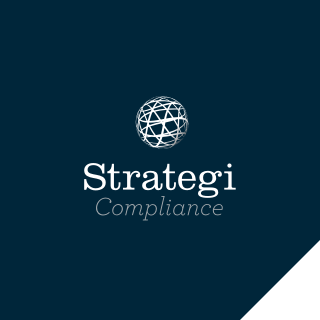During an AML/CFT audit, auditors evaluate a reporting entity’s AML/CFT programme to determine its effectiveness in mitigating risks associated with money laundering and terrorism financing. In this article, we discuss the top three things we look out for when completing an AML audit.
1. Risk assessment process
The first thing our auditor will examine is the reporting entity’s risk assessment process. An effective AML/CFT programme must identify and assess the risks of money laundering and terrorist financing and implement controls to mitigate these risks.
The auditor will review the risk assessment process to ensure it covers all the relevant risk factors, including the size, nature and complexity of the business, the products and services it offers, the types of customers they deal with, and the geographic locations of its customers.
2. Policies, processes and controls
The second area our auditor will examine is the reporting entity’s policies, processes and controls and check to see whether they are being followed.
Policies, processes, and controls are crucial components of AML/CFT compliance as they help to detect and prevent money laundering activities. These measures ensure all transactions are monitored, analysed, and anything suspicious is reported, in accordance with regulatory requirements.
They also provide a framework for training and educating employees on AML/CFT regulations, which is essential to creating a culture of compliance within the organisation.
Without strong policies, processes, and controls, reporting entities are vulnerable to financial and reputational risks, regulatory fines, and legal penalties, which can severely impact their business operations.
3. Customer due diligence (CDD)
The third area our auditor will examine is the reporting entity’s CDD process. CDD is a critical component of any AML/CFT programme as it enables the organisation to identify and verify its customers identity, assess their potential risks, and monitor their transactions for suspicious activities.
The auditor will review the reporting entity’s CDD policies and procedures to ensure they comply with regulatory requirements, including verifying customer identities, obtaining beneficial ownership information, and conducting ongoing monitoring of customer information and transactions completed.
By focusing on these areas our auditors can assess the effectiveness of an AML/CFT programme and identify any gaps or weaknesses that need to be addressed. The best advice we can give you is to make sure you review each area regularly (at least annually) as this will mean less work at audit time and a greater likelihood of a successful audit. Not to mention keeping your business safe from criminals and potential damage to your reputation.
If you want to discuss how our team can help with your upcoming audit get in touch for a no obligation chat.


